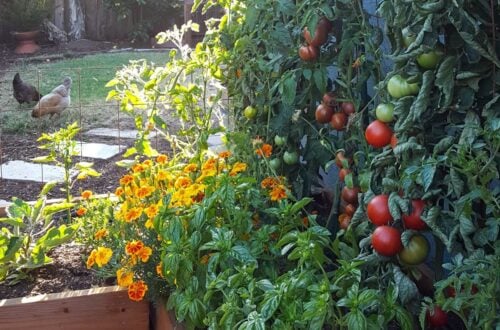
Tomato Savior: Companion Planting for a Bountiful, Bug-Free Harvest
There’s nothing quite like biting into a sun-ripened, homegrown tomato, the warm juice bursting with flavor, a true taste of summer. But that joy can quickly turn to dismay when you discover your precious fruits are under attack, riddled with holes or disfigured by pests. After all the effort of nurturing your tomato plants, pests can be devastating. But what if there was a natural, beautiful, and effective way to protect your tomatoes from these unwanted invaders? Enter: companion planting. A time-honored technique, companion planting uses the power of plant partnerships to deter pests, improve soil health, and ultimately lead to a more bountiful harvest. And even if you're short on space, don't worry! We'll show you how to create a vertical tomato paradise using this method.
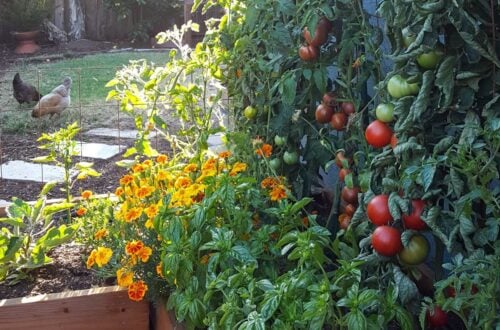
The Power of Companions
Companion planting is based on the principle that certain plants benefit each other when grown in close proximity. These benefits can include pest deterrence, attracting beneficial insects, improving pollination, providing shade, or enhancing nutrient availability. It’s a natural and sustainable way to create a thriving ecosystem in your garden.
When it comes to tomatoes, some plants are particularly effective companions. Three standouts are basil, marigolds, and garlic. These aren't just pretty additions to your garden; they're powerful allies in the fight against common tomato pests.
Basil deters tomato hornworms and whiteflies with its strong scent, while also enhancing the flavor of your tomatoes. It's a win-win!
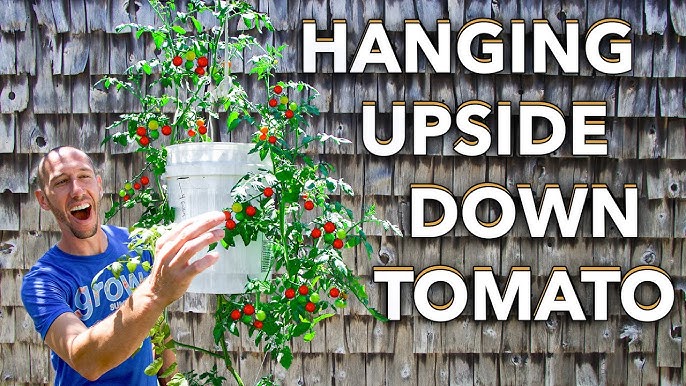
Marigolds release chemicals into the soil that repel nematodes, and their pungent aroma disorients aphids. Plant them generously around your tomato patch for maximum effect.
Garlic’s strong sulfur compounds ward off spider mites and aphids, protecting your precious tomato plants from these common garden pests. Plant cloves near your tomato plants, or even between them, for a natural shield.
Vertical Tomato Paradise
Limited garden space? No problem! Vertical gardening is the perfect solution for maximizing your tomato harvest, even on a small patio or balcony. By using hanging baskets and stacked planters, you can create a beautiful and productive tomato paradise.
For hanging baskets, consider using 'Patio' tomatoes. These dwarf varieties are specifically bred for container gardening and produce a prolific amount of fruit. The cascading foliage also looks stunning in a hanging basket. 'Sungold' tomatoes are another excellent choice, particularly when interspersed with basil. Their bright orange fruits are visually appealing, and their flowers attract beneficial insects like bees and hoverflies, further enhancing your garden's ecosystem.
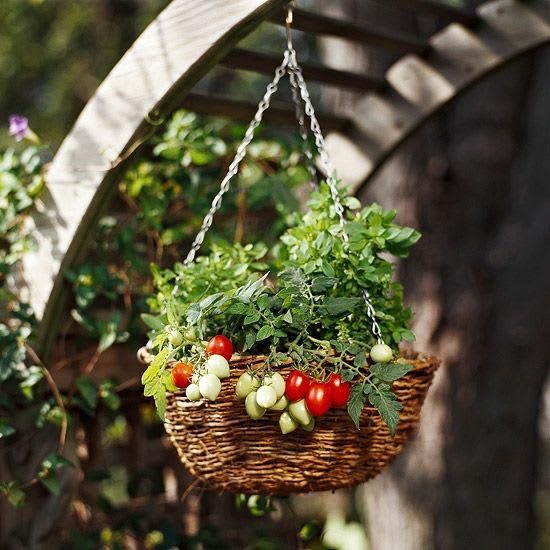
Stacked planters are ideal for growing 'Roma' tomatoes. Their compact size and abundant yield make them perfect for making sauces and pastes. Plus, the tiered structure allows you to plant multiple tomato plants in a small footprint.
Here's a garden layout suggestion to get you started:
In a sunny corner of your patio, hang three baskets. In the first, plant one 'Patio' tomato with several basil plants around its base. In the second, plant a 'Sungold' tomato with alternating basil plants. In a three-tiered stacked planter, plant 'Roma' tomatoes on each level, interspersing marigolds between them. Place garlic cloves strategically around the base of each tomato plant in both setups. This combination provides a multi-layered defense against pests while also creating a visually stunning and productive garden.
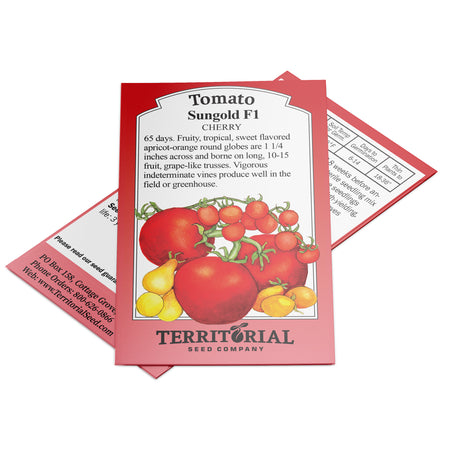
Beyond Companions: Organic Pest Control
While companion planting is a powerful tool, sometimes you need a little extra help in the fight against pests. Thankfully, there are several organic pest control methods you can use to keep your tomato plants healthy and productive.
One effective solution is a homemade neem oil spray. Neem oil is a natural insecticide and fungicide derived from the neem tree. It's safe for beneficial insects but deadly to many common tomato pests.
To make your own neem oil spray, mix 1 tablespoon of cold-pressed neem oil with 1 teaspoon of mild dish soap in 1 quart of warm water. Shake well and spray on tomato plants in the early morning or late evening, avoiding direct sunlight. Repeat every 7-10 days, or after rain.

Another important practice is hand-picking pests like tomato hornworms. These large green caterpillars can quickly decimate your tomato plants. Regularly inspect your plants and remove any hornworms you find, dropping them into a bucket of soapy water.

Companion planting, combined with these organic pest control methods, will give your tomatoes the best possible chance to thrive, producing a bountiful and bug-free harvest. It's a testament to the power of nature and the benefits of working in harmony with our environment.
By embracing these techniques, you can say goodbye to pest-ridden tomatoes and hello to a season filled with juicy, flavorful fruits. So, grab your gardening gloves, gather your companion plants, and get ready to transform your tomato patch into a thriving, self-sufficient ecosystem. And remember, a healthy garden leads to a happy home!
Imagine the taste of a juicy 'Sungold' tomato, bursting with sweetness, paired with a fragrant basil leaf and creamy mozzarella. Stay tuned for our upcoming recipe for the perfect summer caprese salad!
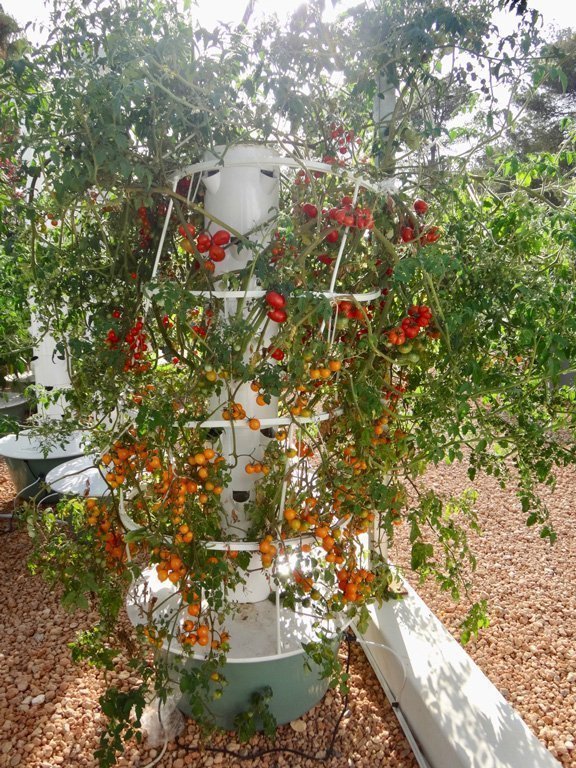
We’d love to hear about your own experiences with companion planting! Share your tips, tricks, and favorite companion plant combinations in the comments below.